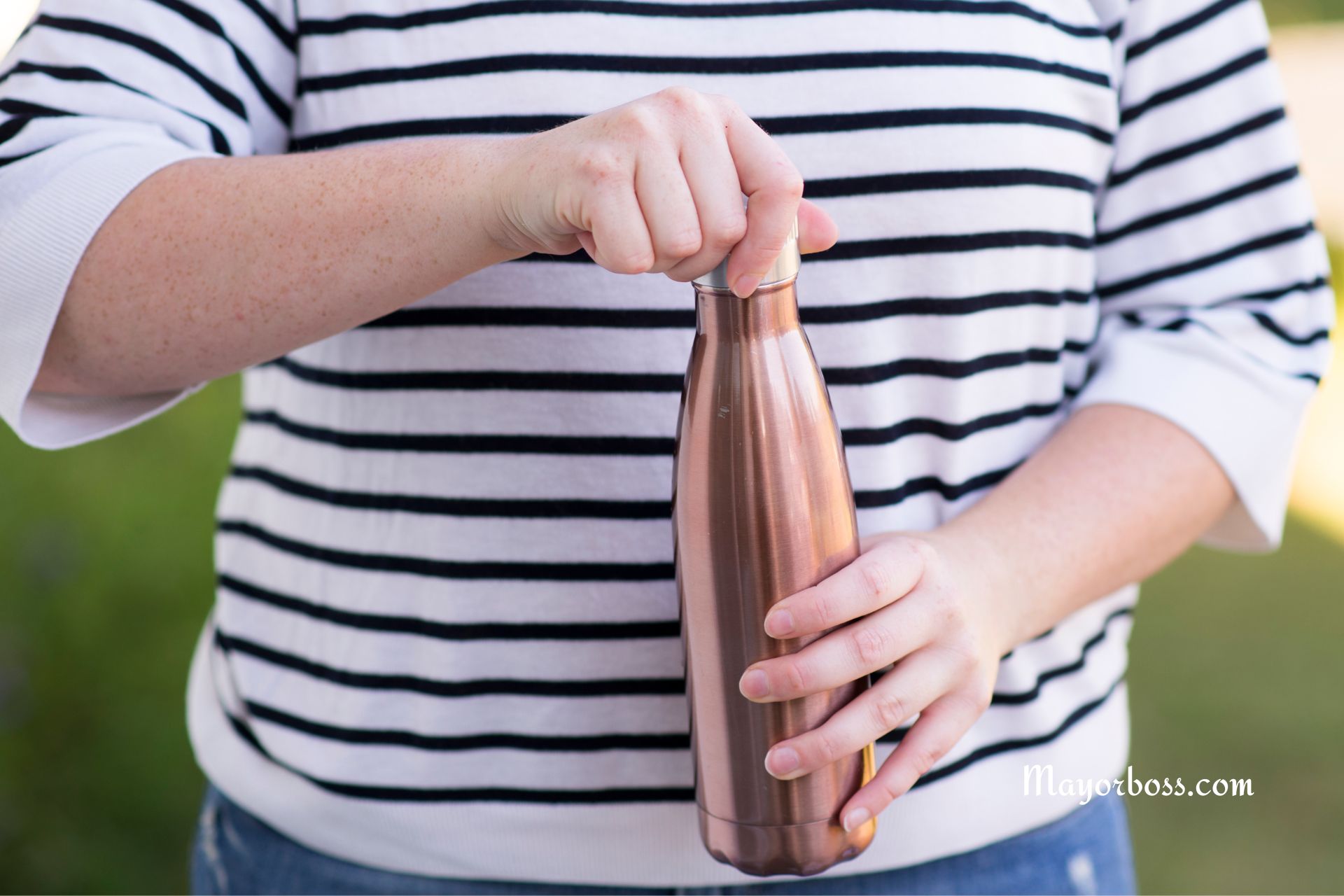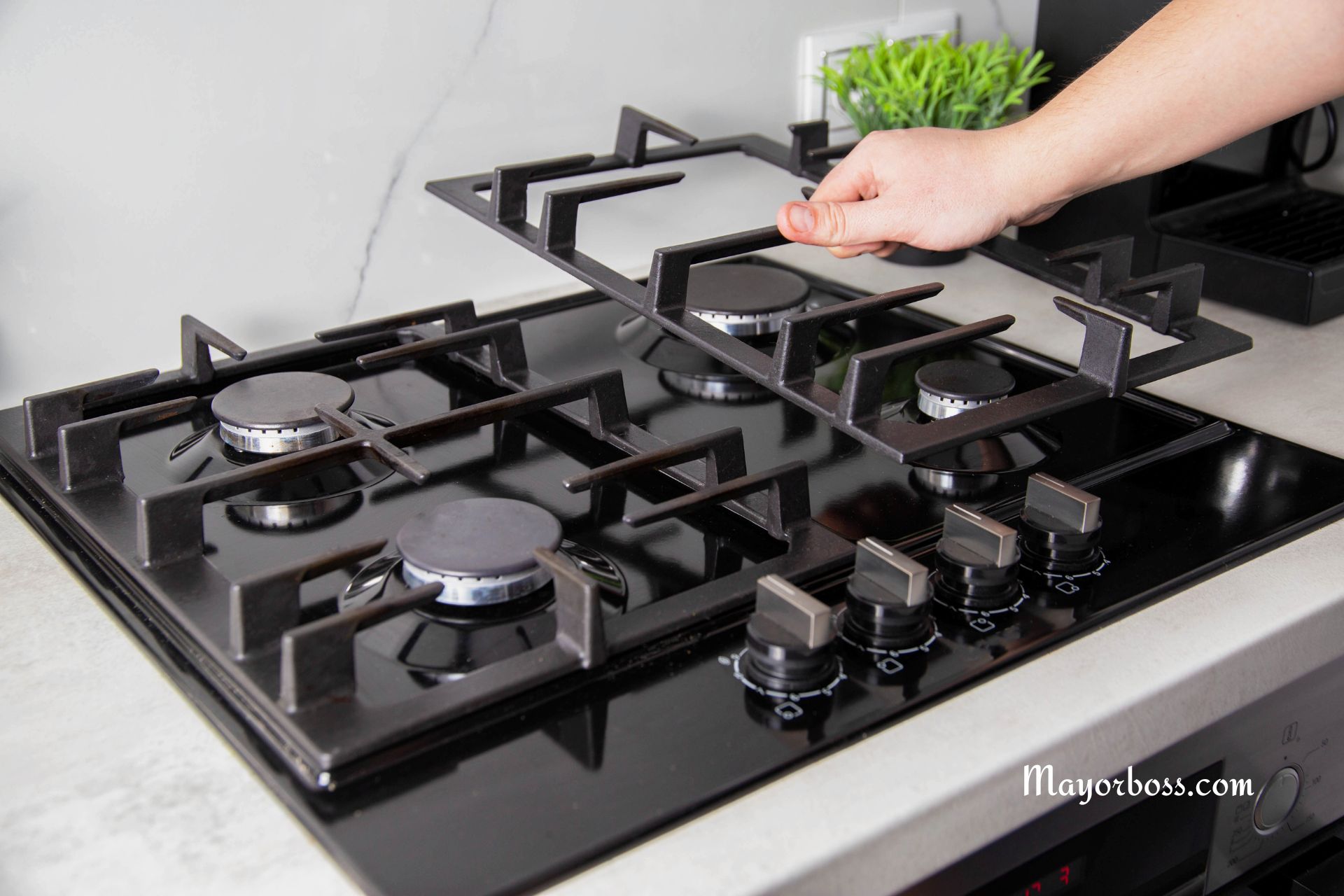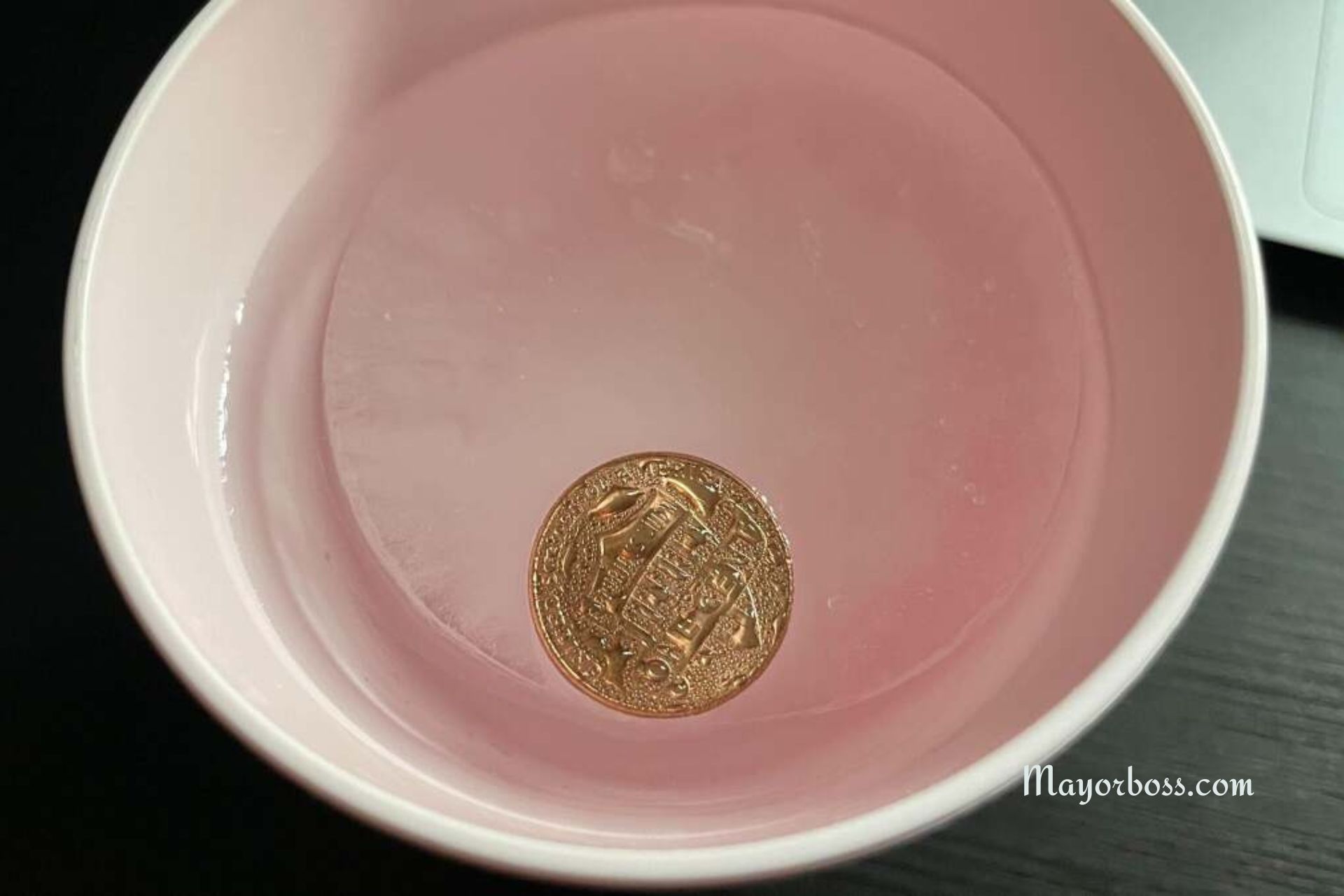6 Ways to Use Less Water in the Garden (Without Killing Your Plants)
You can use less water in your garden without harming your plants by watering early, mulching, choosing drought-tolerant plants, grouping similar plants, using drip irrigation, and improving your soil.
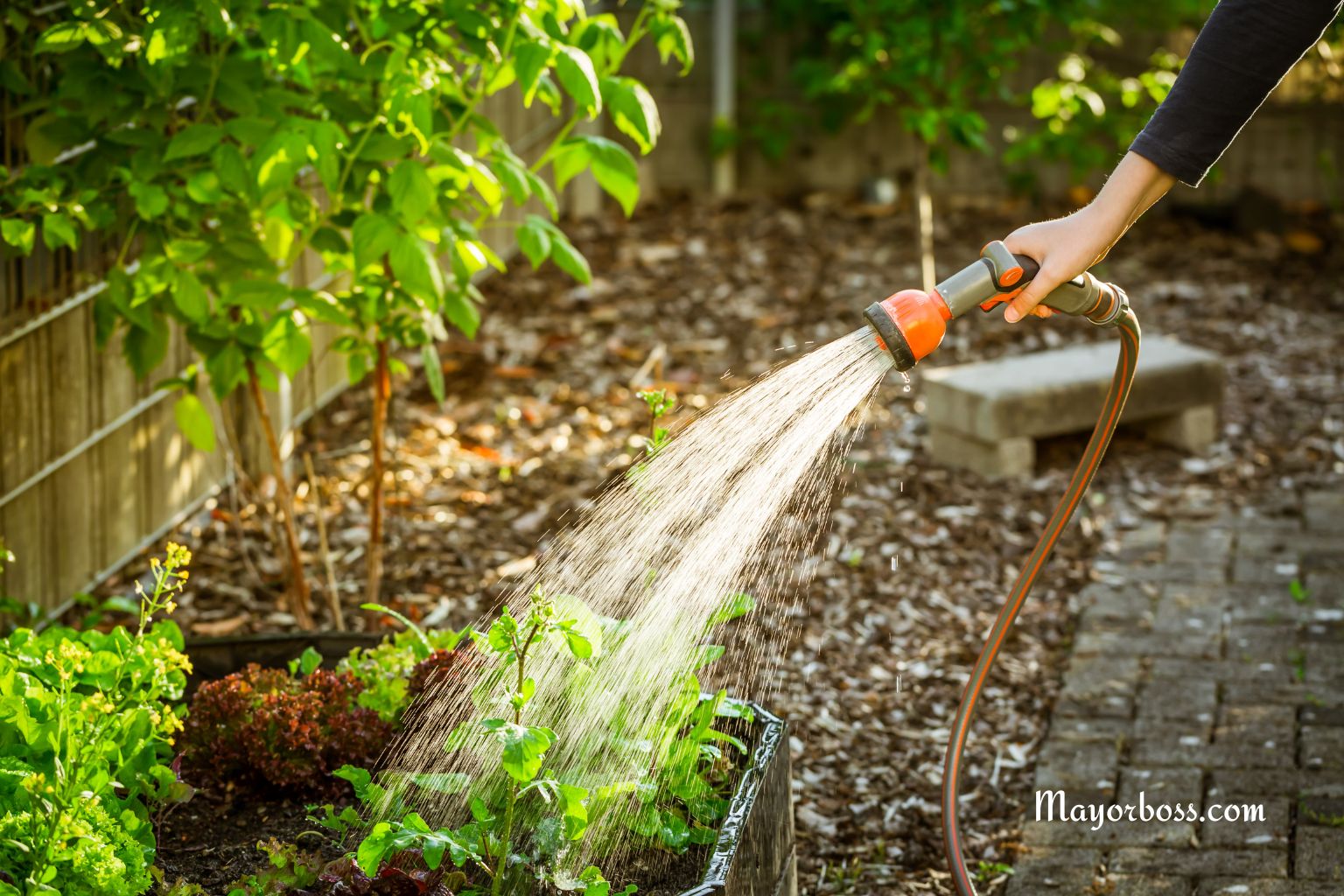
Do you ever feel guilty about how much water your garden uses, especially during dry spells? If so, you’re not alone. Many gardeners want to keep their plants healthy, but worry about wasting water. The good news is you can have a thriving garden and still save water.
1. Water Early in the Morning
The best time to water your garden is early in the morning (5:00 to 9:00 am). During these hours, temperatures are cooler, and the sun is not as strong. This gives water a chance to soak into the soil before it can evaporate.1
If you water later in the day, much of the water will evaporate quickly, leaving your plants thirsty. Watering in the evening is another option, but damp leaves overnight can sometimes lead to disease. Morning watering is safest for most gardens.
2. Use Mulch to Keep Soil Moist
Mulch acts like a protective blanket for your soil. You can use straw, wood chips, leaves, or even grass clippings. Spread a layer of mulch two to three inches thick around your plants, making sure to keep it away from the stems.
Mulch helps in several ways. It keeps the soil cool, reduces evaporation, and stops weeds from growing. Less evaporation means you don’t have to water as often.2
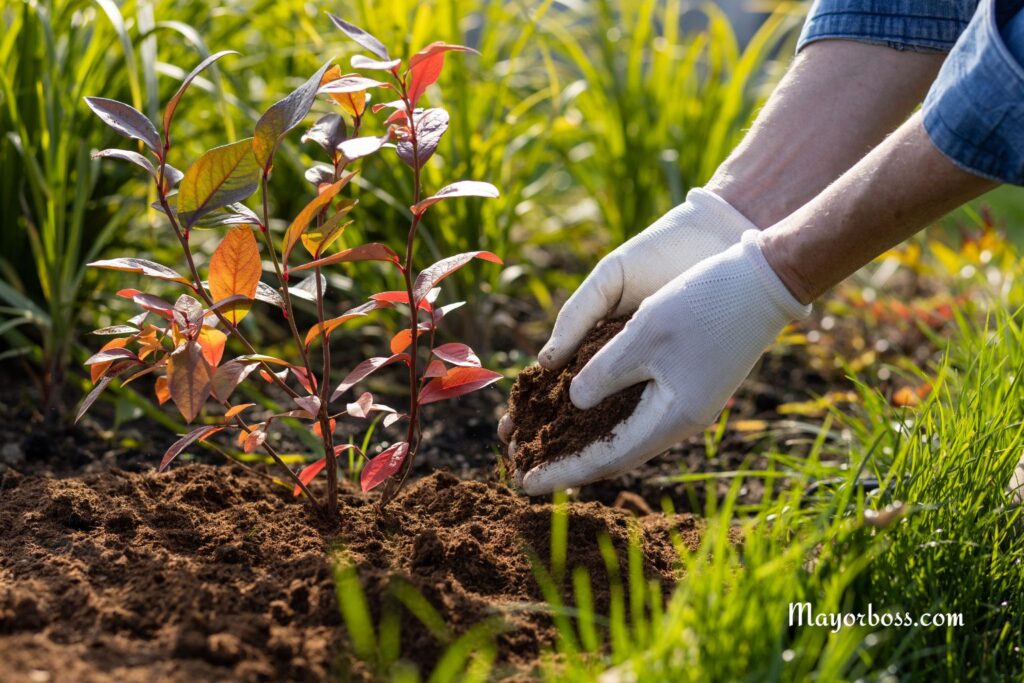
3. Choose Drought-Tolerant Plants
Not all plants need the same amount of water. Some, like succulents and lavender, can handle dry conditions much better than others. These drought-tolerant plants often have deep roots, waxy leaves, or other special features that help them survive with less water.
Think about replacing the thirstiest plants in your garden with ones that need less water. Your local garden center can suggest good options for your climate.
4. Group Plants with Similar Water Needs
When you mix plants that need a lot of water with those that prefer drier soil, it’s hard to water them correctly. Some will get too much, and others will not get enough.
A better approach is to group plants with similar water needs together. That way, you can water each group the right amount. This simple change prevents waste and keeps all your plants happier.
5. Switch to Drip Irrigation
Traditional sprinklers spray water everywhere, and much of it lands on leaves or paths, not roots. Drip irrigation solves this problem. It delivers water directly to the base of each plant, where it’s needed most.
Drip systems are easy to set up and use far less water than sprinklers. They also keep leaves dry, which helps prevent disease. If you want to save water, this method is hard to beat.
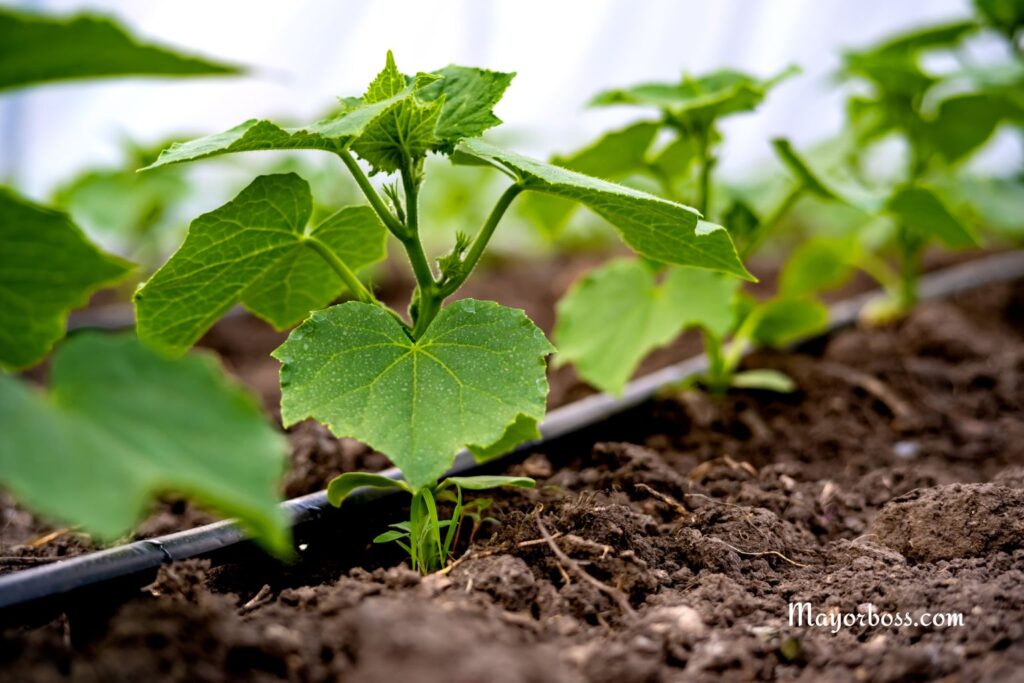
6. Improve Your Soil
Healthy soil holds onto water better than poor soil. The best way to improve your soil is to add organic matter, such as compost or well-rotted manure. These materials help the soil hold more moisture, so you need to water less often.
Over time, you’ll notice your plants grow better, and the soil becomes easier to work with. Good soil is the foundation of a water-wise garden.
FAQs
1. Will my plants get enough water if I use mulch?
Yes, mulch helps soil hold moisture, so you often need to water less. Just be sure to water deeply when you do.
2. Are drip irrigation systems hard to install?
No, most home drip irrigation kits are designed for easy setup. You can install one in a few hours with basic tools.
3. What is the best mulch to use?
Straw, wood chips, and compost all work well. Choose what’s available and suits your garden style.
4. How do I know if a plant is drought-tolerant?
Check the plant label or ask at your garden center. Drought-tolerant plants often have thick, waxy leaves or deep roots.
5. Can I save water and still have a colorful garden?
Absolutely. Many drought-tolerant plants offer beautiful flowers and foliage. Plan your garden with these in mind for color and water savings.

